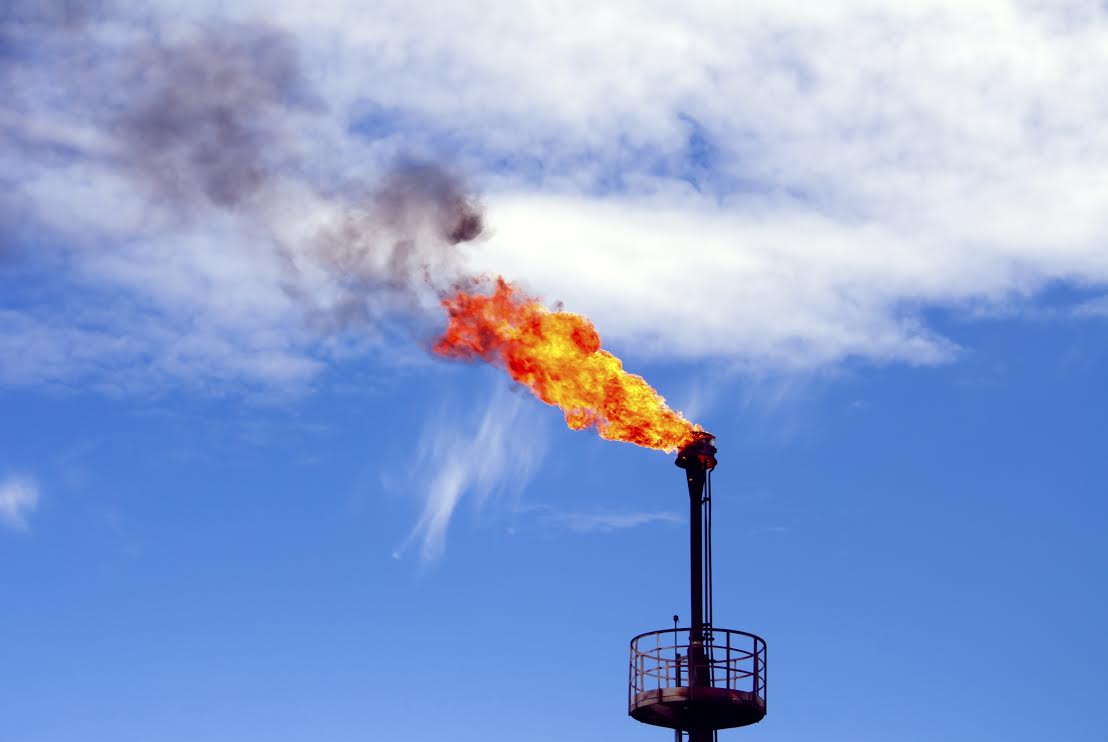This week, the EPA announced first-ever limits on industrial methane pollution from the oil and gas industry. These rules will require the oil and gas industry to begin cleaning up their act by cutting emissions of methane pollution, a potent greenhouse gas that traps more than 80 times as much heat as CO2 over a 20 year time period. These rules are a critical first step in the Administration's plan to reduce methane pollution by 40-45% by 2025, a key piece of the President's Climate Action Plan. In addition to cutting climate-warming methane emissions, these standards will also protect public health by curbing emissions of smog-forming volatile organic compounds and carcinogens like benzene and toluene.
With these regulations, which cover new and modified sources in the oil and gas industry, the EPA has taken an important first step in combating a rampant pollution problem that is harming our climate and communities. However, these rules are only a first step. It’s critical that the Administration quickly move to regulate existing sources, to truly reduce the harm imposed on the more than 15 million Americans living near existing oil and gas infrastructure. While the rules announced yesterday will help avoid the 25% increase in emissions expected from this industry absent any new standards, we simply won’t achieve the significant reduction in emissions that is truly needed without addressing existing sources. In fact, studies show that through 2018 90% of the emissions from this industry will come from existing sources.
And while some opponents of these regulations have claimed that these standards are unnecessary, the facts tell a different story. The oil and gas industry is the single largest industrial source of methane pollution, and recent studies indicate that these emissions are likely substantially underestimated. And voluntary programs aren’t enough - less than 1% of oil and gas companies participate in the EPA’s voluntary methane reduction program.
As part of our work to highlight the clear need for these regulations, the Sierra Club partnered with EarthWorks to host a press event featuring leaders from around the country who have dealt with the impacts of this industry first-hand, who spoke to the urgent need to for EPA to quickly take the next step, and regulate pollution from existing sources in this sector.
We heard from Dr. Peggy Berry, an Ohio occupational, safety, and environmental nurse consultant from Ohio, and formerly a safety and health manager with UPS, who spoke about the substantial health impacts from air pollution from the oil and gas industry, including asthma and aggravation of existing cardio and cardiovascular disorders.
We also heard from Eva Henry, a County Commissioner from Adams County, Colorado. Commissioner Henry highlighted the fact that Colorado has a strong state methane regulation while at the same time maintaining a strong state economy with some of the highest job-growth rates in the country!
Glenn Schiffbauer, the Executive Director of the Santa Fe Chapter of the New Mexico Chamber of Commerce also presented at the press event. Glenn spoke about the economic opportunity posed by these standards for companies that manufacture and install methane mitigation technology. He also addressed the substantial methane hotspot in New Mexico, which has caught national attention and demonstrates the need to address this pollution source.
And finally, we heard from Crystal Yost, a mother of three with the Mom's Clean Air Force of Pennsylvania. Crystal highlighted the particularly heavy toll that pollution from the oil and gas industry takes on children, and shared her powerful story about why she’s uprooting her family and moving away from Pennsylvania to avoid the pollution from the natural gas infrastructure where she currently lives.
These stories highlight just a few of the many common-sense reasons to clean up pollution from the oil and gas industry. We applaud EPA taking this important initial action and we hope these new source rules pave the way for bigger and bolder action to regulate existing sources and protect our climate and communities.
